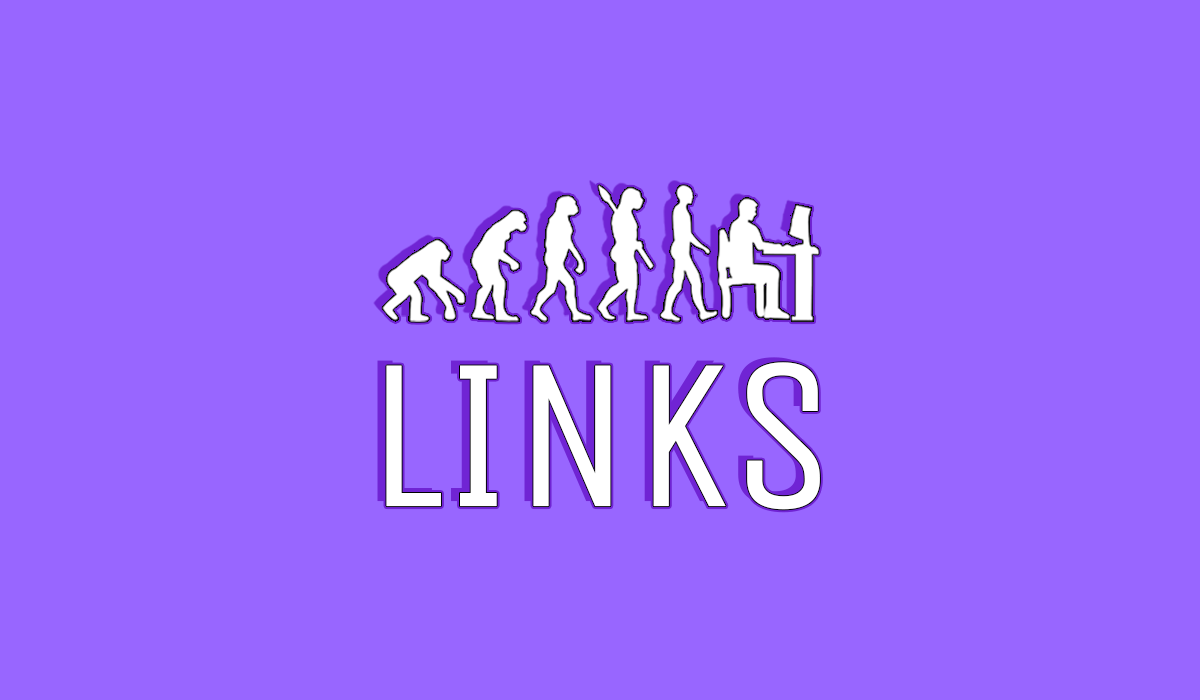LINKS - April 19th, 2023
Welcome to LINKS — my attempt to provide Rhapsody readers with five interesting stories that tell us something about what it means to be human. LINKS is published every Wednesday. Have a link you want to share? Drop it in the comments.
The Yanomami are dying of malaria and malnutrition. Is it genocide?
By Moriah Balingit, Marina Dias and João Paulo Pires, The Washington Post
“Mining has poisoned the water they drink and the fish they eat with mercury. It’s thinned the population of animals they hunt. Their home, a once-pristine swath of the Amazon, has been ravaged by illegal deforestation and gold mining, aided and abetted by the administration of former president Jair Bolsonaro.
“Gold miners arrived more than four decades ago. But with Bolsonaro’s inauguration in 2019, they had as president an ally, a man who rallied against the creation of Indigenous territories and for the development of the Amazon.”
Claude Lévi-Strauss and the Political Paradoxes of Structural Anthropology
By Hugo Lopes Williams, Journal of the History of Ideas Blog
“The main polemical strategy used by Lévi-Strauss in Race and History is to position all the discrete human cultures that history and anthropology have identified across a flat, ahistorical continuum. Any attempt to distinguish more ‘progressive’ or ‘advanced’ cultures from others along this continuum is fundamentally a reflection of their similarities to the culture of the observer, rather than an independent insight into the cultures themselves. He then claims we can identify cultures that, at particular moments, managed to accumulate and synthesize a wide range of technological and sociological resources and explain these instances of transformation on probabilistic, rather than evolutionist, grounds.”
Ancient Maya masons had a smart way to make plaster stronger
“By historians’ reckoning, Copán’s golden age began in 427 CE, when a king named Yax Kʼukʼ Moʼ came to the valley from the northwest. His dynasty built one of the jewels of the Maya world, but abandoned it by the 10th century, leaving its courts and plazas to the mercy of the jungle. More than 1,000 years later, Copán’s buildings have kept remarkably well, despite baking in the tropical sun and humidity for so long.
“The secret may lie in the plaster the Maya used to coat Copán’s walls and ceilings. New research suggests that sap from the bark of local trees, which Maya craftspeople mixed into their plaster, helped reinforce its structures. Whether by accident or by purpose, those May.”
Your Brain Is Shaped Like Nobody Else’s
By Sofia Quaglia, Nautilus
“A growing body of research now confirms there are plenty of physical dissimilarities between individual brains, particularly when it comes to white matter—the material nestled beneath the much-prized gray matter. And it’s not just anatomical. White matter hosts connections between the brain’s sections, like a city’s streets and avenues. So behavioral patterns can arise from even small physical differences in white matter, according to a late 2022 Science paper penned by Forkel and a colleague.”
Ancient Native American canoe brought to surface from beneath Lake Waccamaw
By Zach Solon, WECT News
“A piece of Native American history buried beneath Lake Waccamaw for hundreds of years was brought to the surface Wednesday. A team of archaeologists, neighbors, and members of the Waccamaw Siouan Tribe worked to bring a nearly 1,000-year-old canoe out of the lake.”



